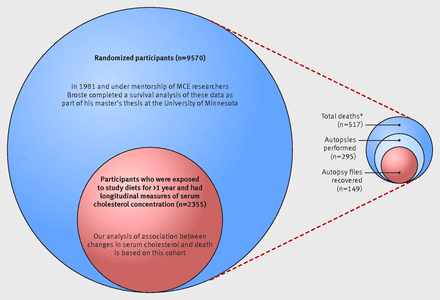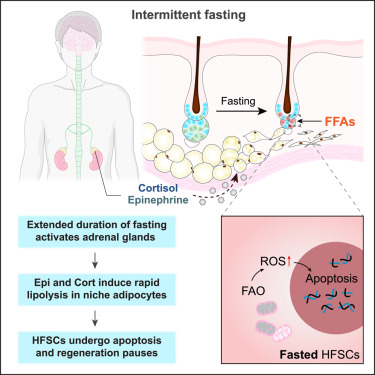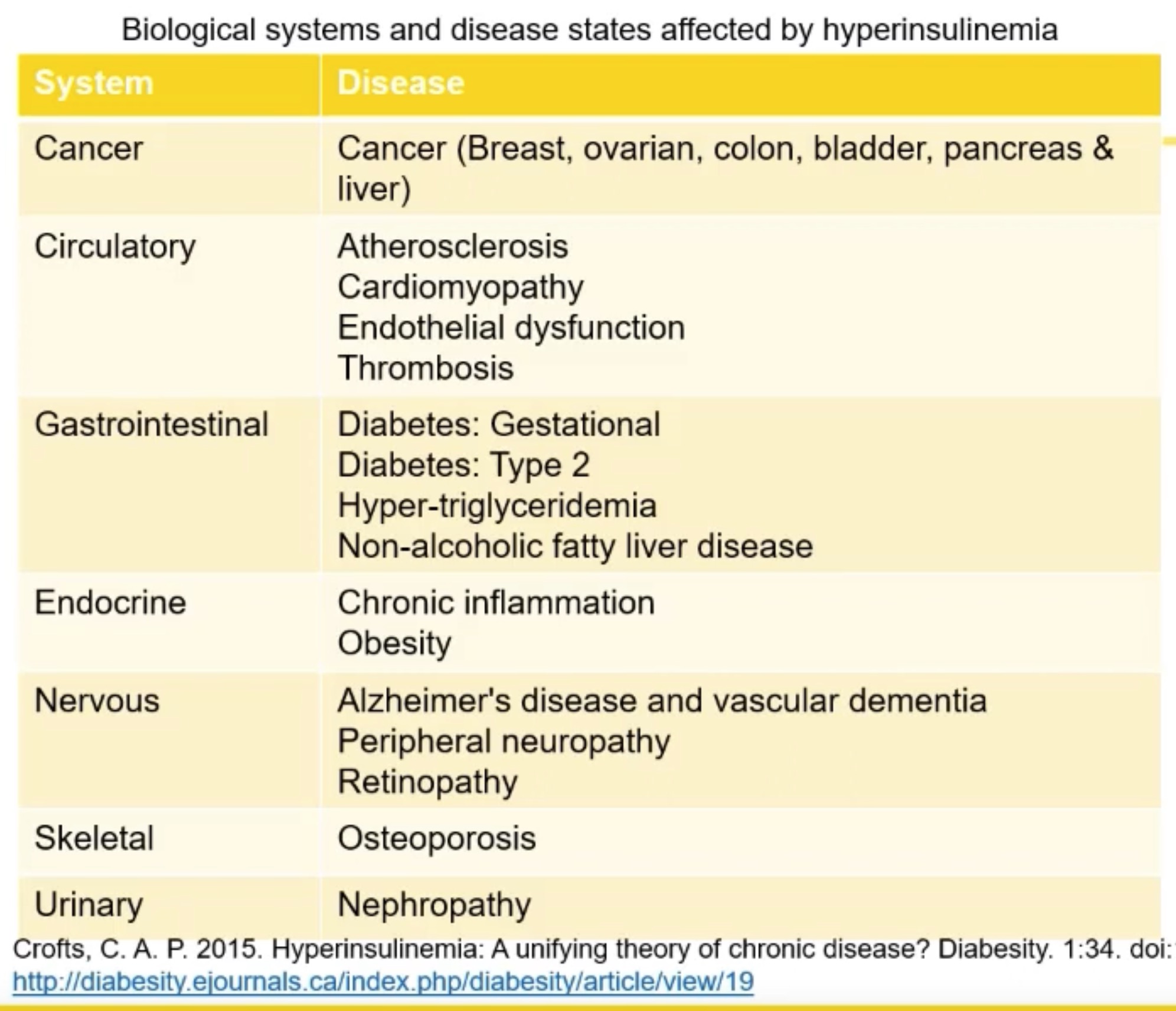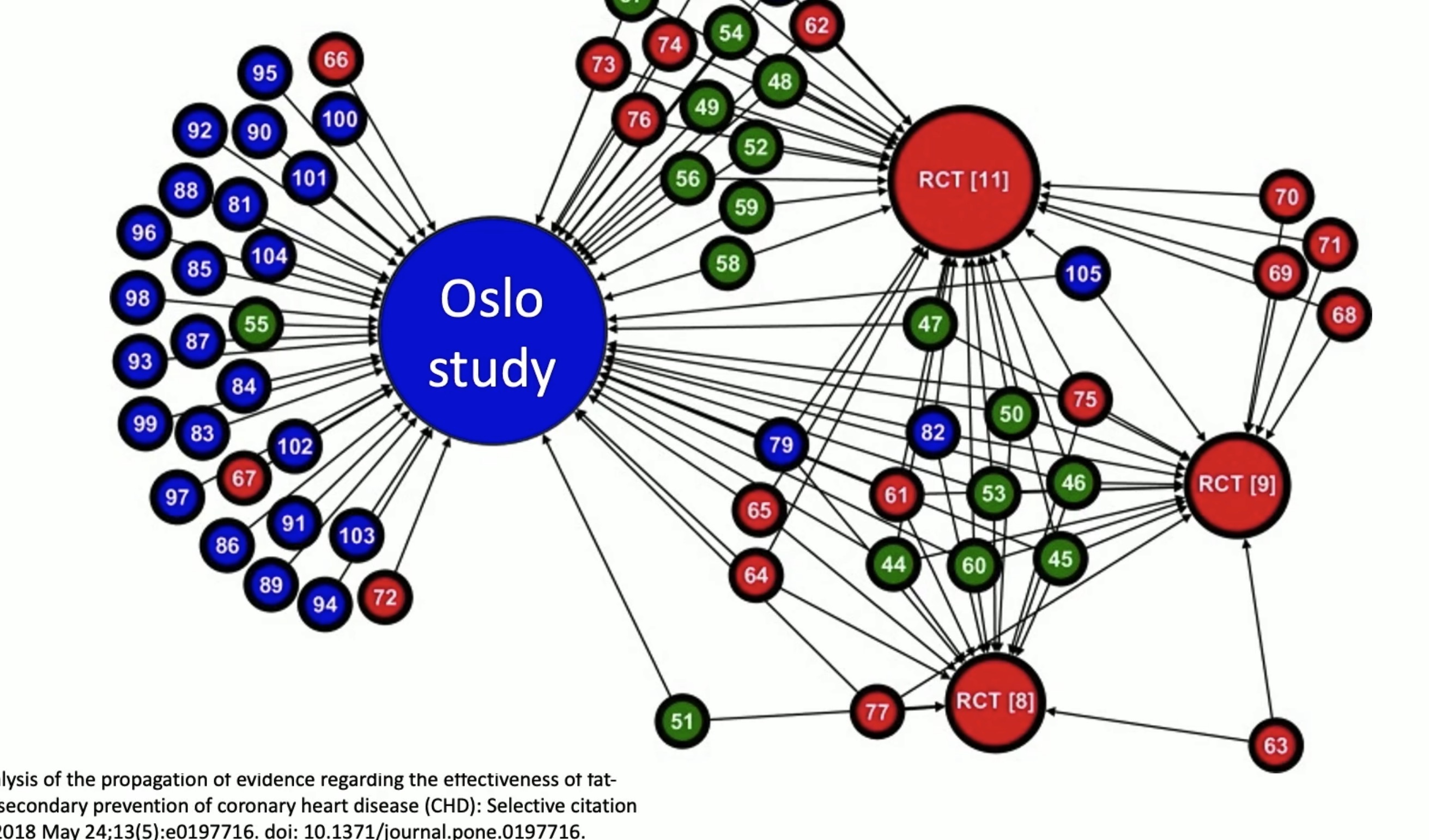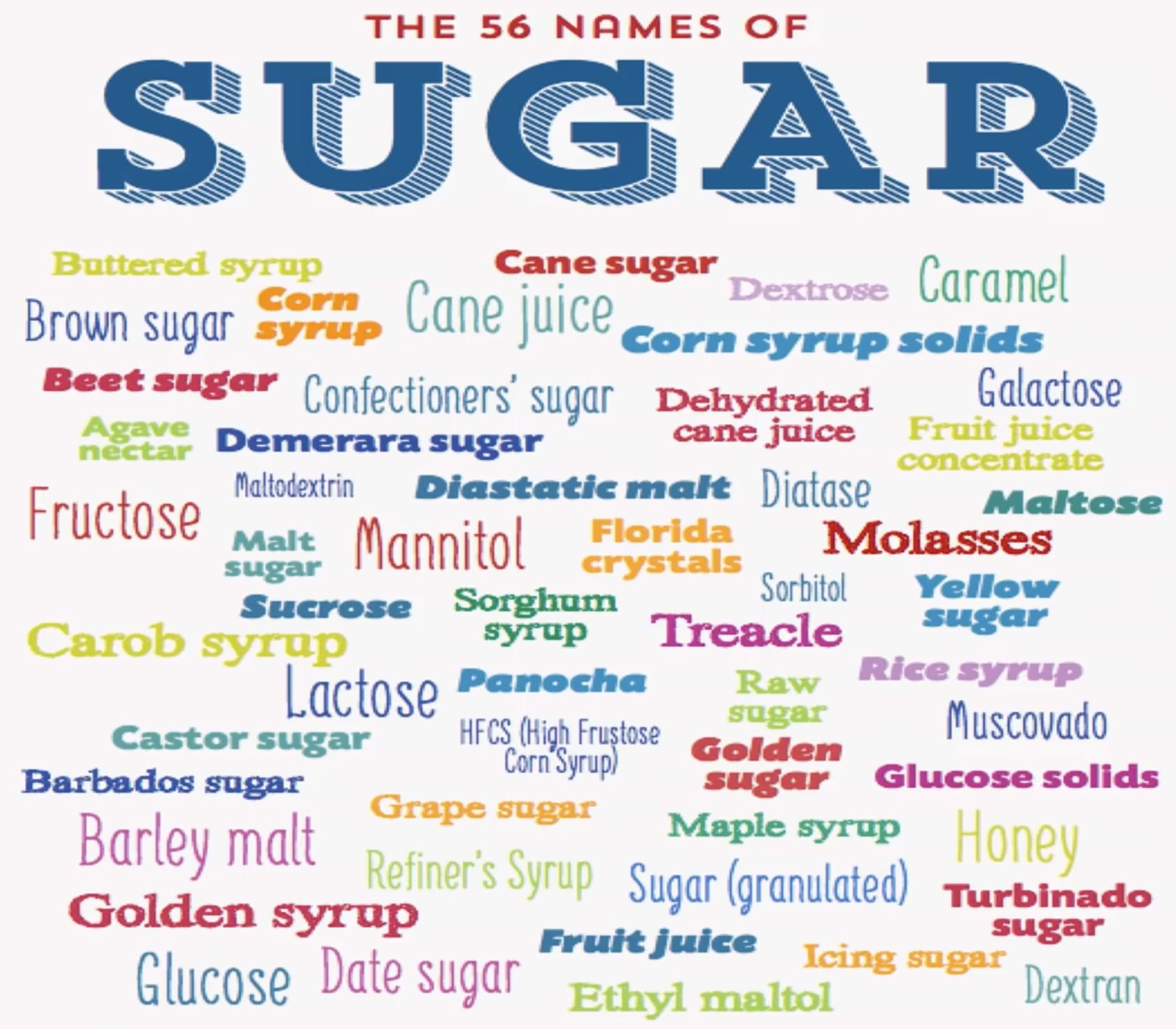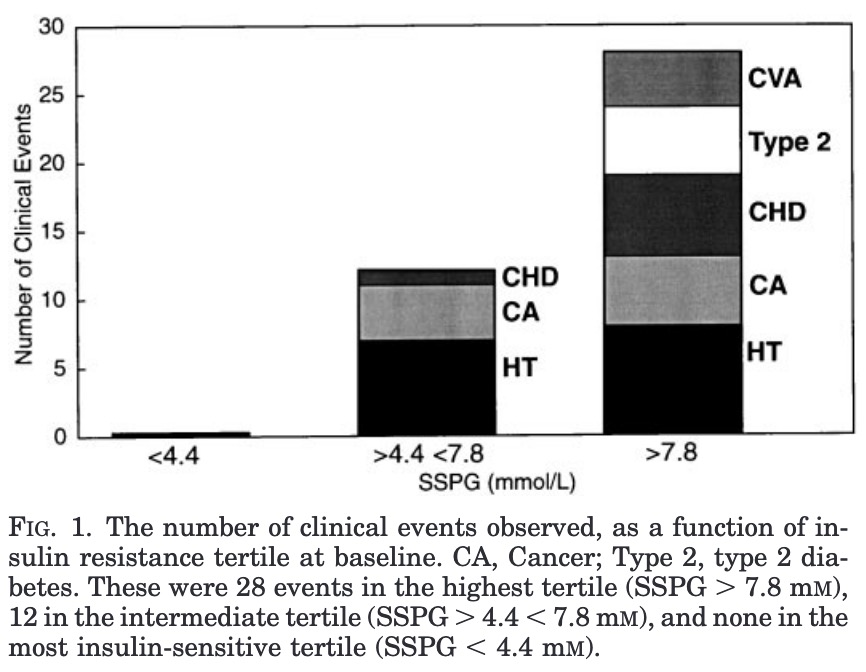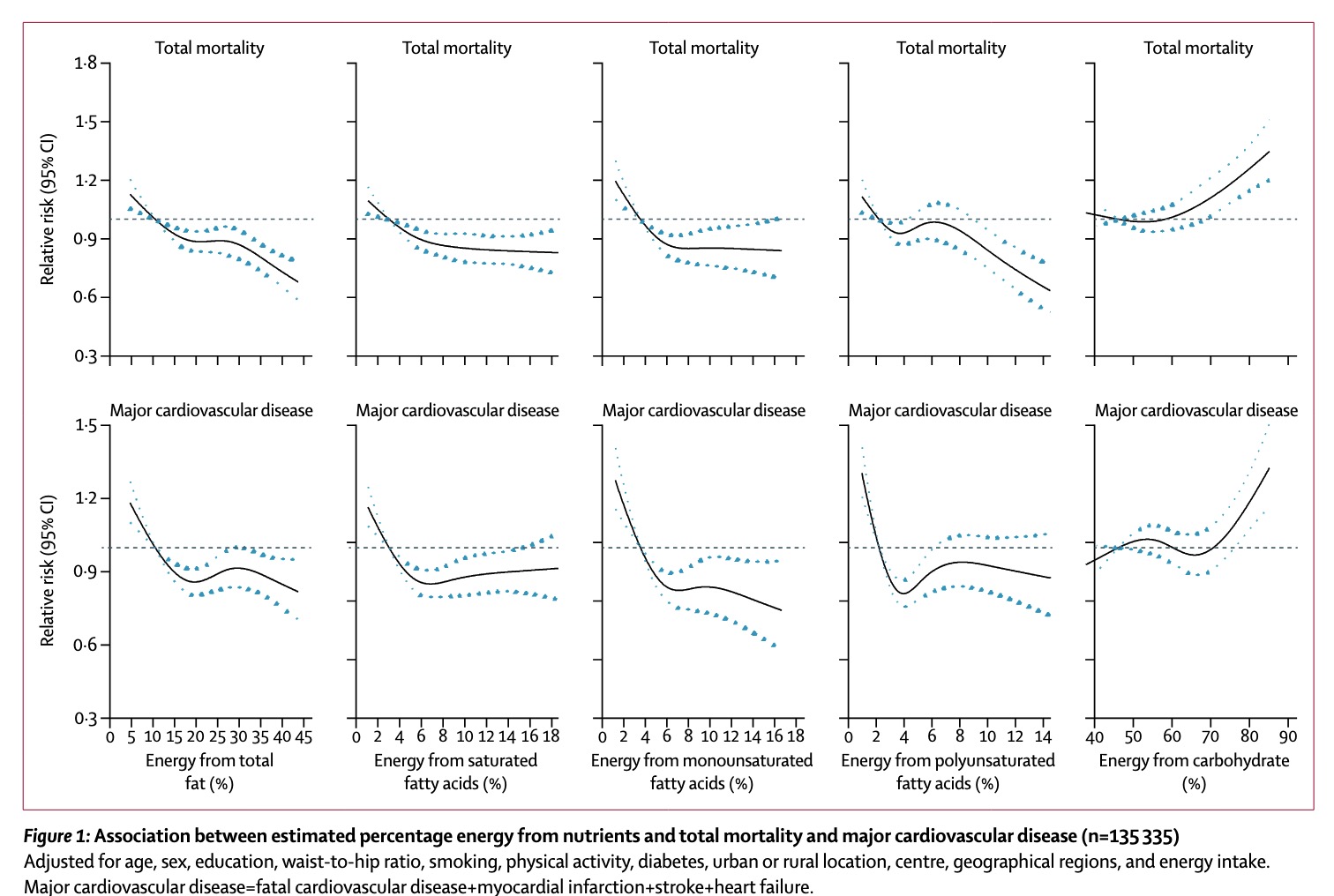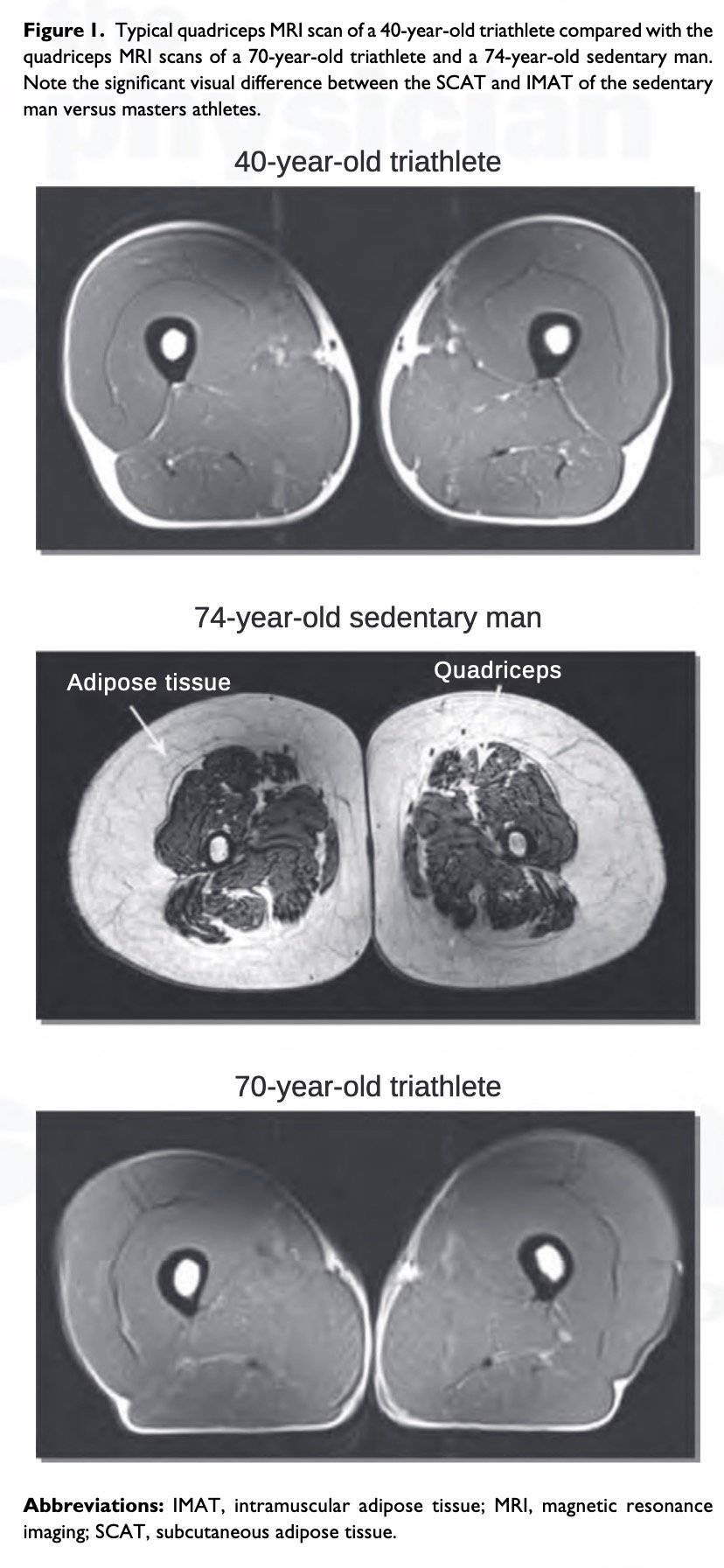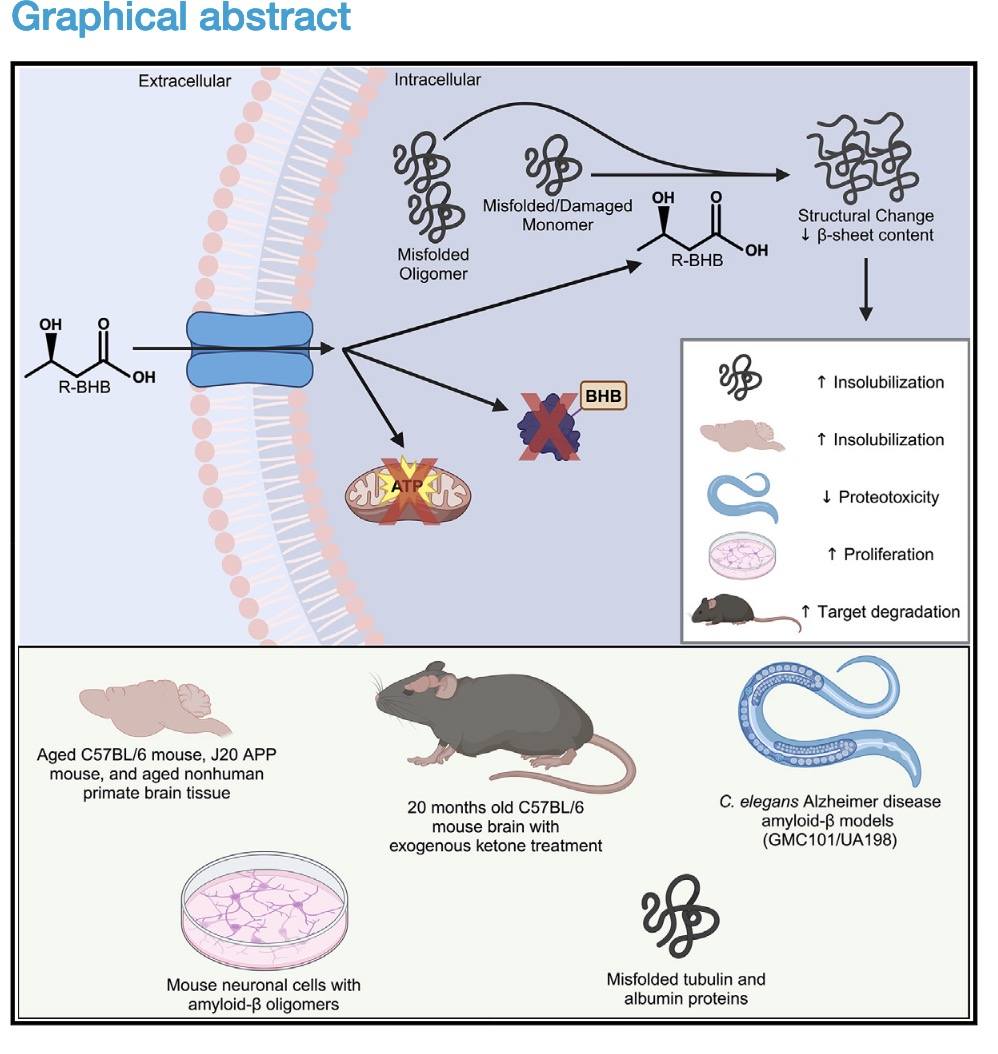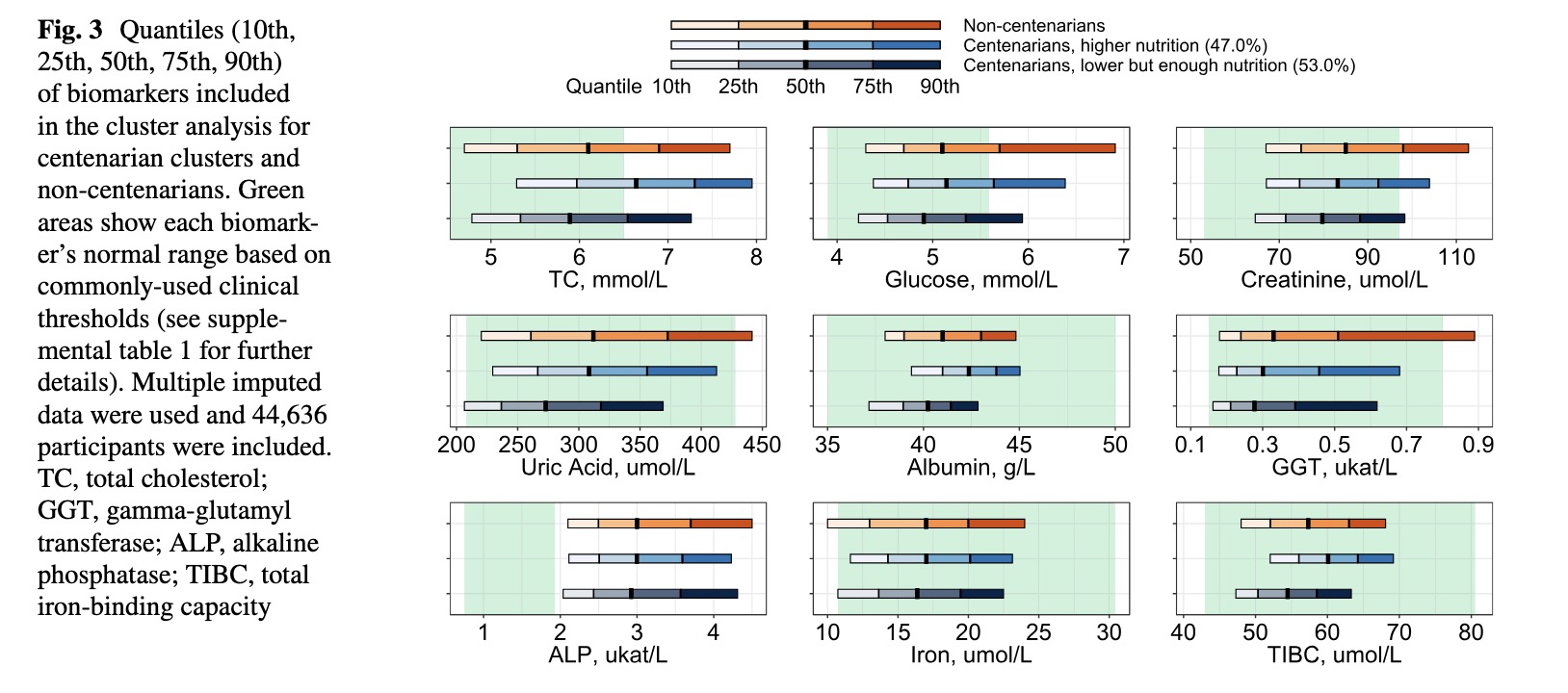Metabolic Health
61 readers
7 users here now
A place to discuss metabolic health research, papers, talks, etc.
This topic can touch upon many people's personal triggers, so please be civil.
Rules
- Be nice
- Stay on topic
- Don't farm rage
- Be respectful of other diets, choices, lifestyles!!!!
- No Blanket down voting - If you only come to this community to downvote its the wrong community for you
The banner poster in high resolution can be found here
founded 3 months ago
MODERATORS
1
2
3
4
5
6
7
8
10
11
12
13
14
15
16
17
18
21
Paper - Chronic Exercise Preserves Lean Muscle Mass in Masters Athletes
(www.linsladephysiotherapy.co.uk)
19
20
21
22
8
Dietary fructose enhances tumour growth indirectly via interorgan lipid transfer - PubMed
(pubmed.ncbi.nlm.nih.gov)
23
25
view more: next ›
